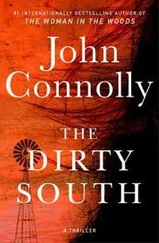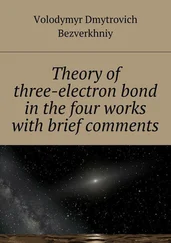Plotting a theory of dirt inevitably means passing through the work of Douglas, and paying respects to other dirty theorists on the way. It is, for instance, in the shade of STS (Science Technology Studies), feminist new materialism, and the feminist posthumanities together with the emergence of the environmental humanities, that the importance of dirt becomes even more pressing, reminding us as it does of the material stuff and relations of our environmental milieus. In this way, dirt alerts us to our situated positions and what Peg Rawes calls “relational architectural ecologies” (2013). Architecture, design and art, the creative disciplines generally, those disciplines embroiled in ethico-aesthetic concerns, inherently establish an attitude to dirt. All those processual practices in which we think stuff though drawing and modelling it, where we think through doing, making a mess in order to understand the implications of the role we play in world-making, need to engage a thinking-doing with dirt.
From her perspective as ethnographer, Douglas argues that by tracking dirt we can gain an understanding of the interconnections and patterning of a world (1966, vii). In her structuralist framework, as she explains it, a desire to purify inevitably alludes to a larger whole, a system, and the dirt you discover must be located, situated and understood from amidst myriad emergent connections and disconnections. Douglas observes that if “uncleanliness is matter out of place, we must approach it through order” (1966, 41), and if we are to understand contexts other than our own, she advocates that we should also be able to critique our own habits, rituals, assumptions and norms. Removing the dirt reveals the pattern, presumably produced by the norm, that orders subjects, spaces and societies. Without dirt, though, how could patterns and creative processes of ordering be activated in the first place? This is not to say that dirt comes first, but it certainly draws attention to the interdependency of dirt and acts of cleaning – what Haraway, Barad and their companion thinkers would call “entanglements”. Acts of cleansing and acts of cleaning. Surely a distinction must be made, for such acts can lead to violent erasures or creative possibilities in the forging of new relations.
Конец ознакомительного фрагмента.
Текст предоставлен ООО «ЛитРес».
Прочитайте эту книгу целиком, купив полную легальную версию на ЛитРес.
Безопасно оплатить книгу можно банковской картой Visa, MasterCard, Maestro, со счета мобильного телефона, с платежного терминала, в салоне МТС или Связной, через PayPal, WebMoney, Яндекс.Деньги, QIWI Кошелек, бонусными картами или другим удобным Вам способом.












